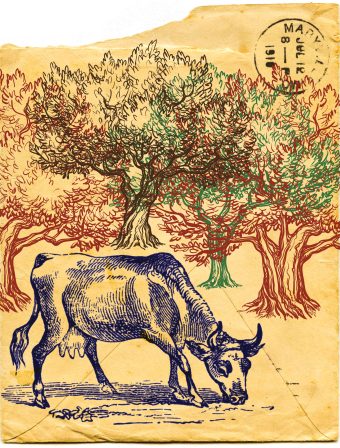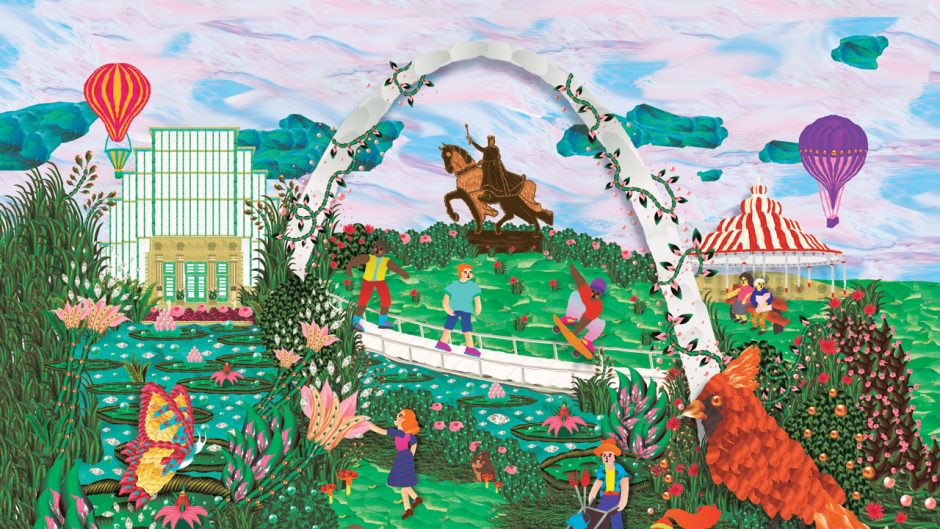
Source: Shutterstock, Blake Dinsdale
Published on Show Me Mizzou Dec. 16, 2022
Story by Kelsey Allen, BA, BJ ’10
Indigenous communities have known for centuries what scientists confirm today: Grazing animals among trees can improve forest health, increase soil carbon sequestration, provide shade and expand habitat for wildlife.
Agroforestry Assistant Research Professor Ashley Conway-Anderson is working to adapt modern and traditional practices to fit regional needs and teach Missouri farmers how to practice what is now known as silvopasture, either by planting trees in an existing pasture or thinning dense tree stands and planting grasses in the understory. The trees provide water filtration, erosion control and shade, which help livestock manage their temperature and improve their gain, translating to increased profit. In turn, grazing beneath a forest canopy helps create a wooded landscape with less underbrush, reducing the risk of fire.
“For so long, we’ve had a policy of exclusion: Keep livestock out of the woods,” Conway-Anderson says. “By reconnecting some of these dots and connections that have been lost when we separated the systems out, it’ll start to re-engage a lot of these engines that rely on synergy and thoughtful integration.”
Conway-Anderson is leading a multiyear study at an experimental farm southeast of Rolla where she’ll thin out wooded areas, conduct prescribed burning, plant native grasses and then bring in cows to eat in the shade. Her goal is to collect data and develop best practices for farmers who want to move their cattle from open fields into forests. “Unmanaged woodland grazing is not the same as silvopasture,” Conway-Anderson says. “The key has to be management.”
To read more articles like this, become a Mizzou Alumni Association member and receive MIZZOU magazine in your mailbox. Click here to join.




